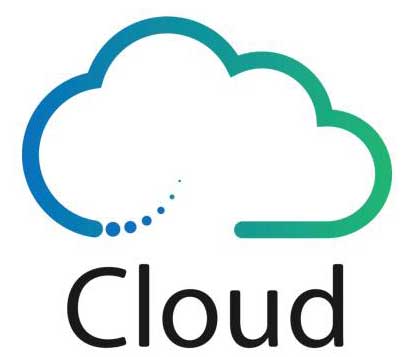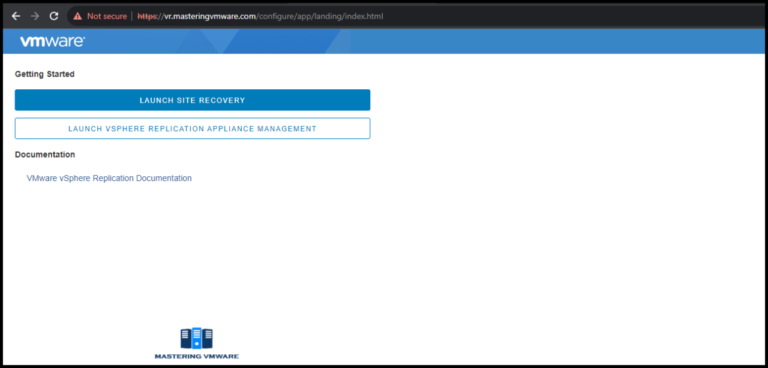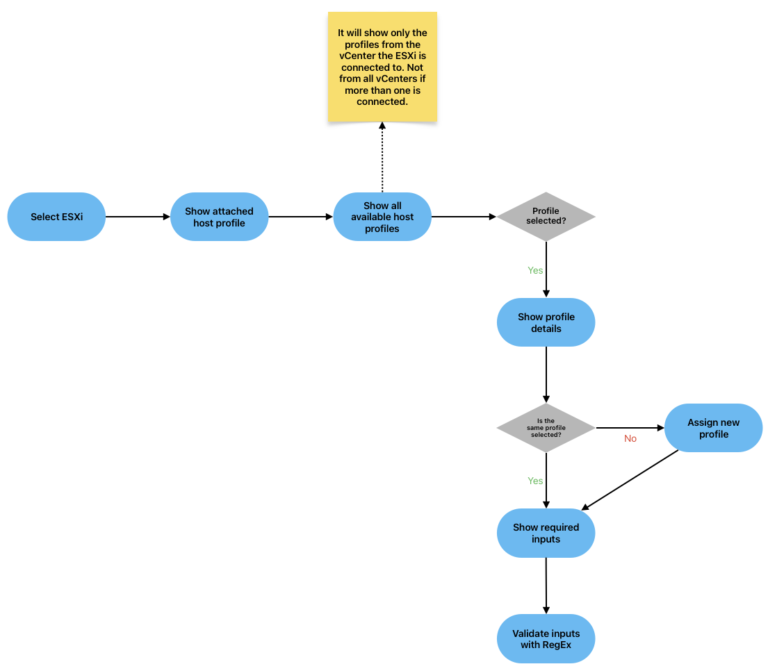Continuing our series on security reports, we revisit a vital topic that resonates throughout the corporate world: safeguarding data. This time, in this blog post, “Insights on Veeam Data Protection Trends Report 2024,” we focus on the Veeam Data Protection Trends Report 2024, based on input from 1,200 IT leaders and implementers. These findings build upon our discussions. Highlight the ever-evolving challenges and strategies surrounding data protection. The 2024 edition of the report highlights a year of transformation as IT teams express their willingness to adapt their solutions and roles within their organizations. These changes can greatly improve cyber preparedness and compliance measures or expose gaps between business expectations and IT’s deliverability.
After examining the Veeam Data Protection Trends Report for 2024, it becomes evident that organizations are taking steps to combat threats and adjust to the growing reliance on cloud-based workloads. These actions demonstrate their commitment to establishing defenses against cyber disruptions and developing data protection strategies that seamlessly integrate with cybersecurity measures in environments.
Exploring the Veeam Data Protection Trends Report for 2024 reveals a landscape where organizations actively counter ransomware threats and adapt to the increasing reliance on cloud-hosted workloads. These measures are a testament to the broader goals of achieving reliable defenses against cyber disruptions and crafting data protection strategies that are both integrated with cybersecurity and adaptable to hybrid environments.

The report’s figures and insights connect to the critical dialogue surrounding data security in an era dominated by cyber threats and compliance challenges. With ransomware attacks being an inevitable occurrence rather than a possibility and businesses facing the critical question of their disaster recovery capabilities, this blog post is designed to equip you with the strategic insights necessary to strengthen your data protection approach in the coming year.
The Rising Tide of Cyber Threats
Gone are the days when cybersecurity could be put on the burner of IT concerns. The Data Protection Trends 2024 Report paints a picture of increasing cyber threats, emphasizing that businesses must prioritize security as a strategic imperative. While many organizations acknowledge the existence of a data protection gap, the report uncovers an alarming trend: the persistent and widespread threat of ransomware. These deceitful attacks have left consequences across regions, resulting in data breaches, financial losses, and disruptions to operations. It serves as a reminder that no entity is immune to digital predation in today’s interconnected world.
Organizations must adopt a faceted approach to address this rising wave of threats effectively. They should invest in cybersecurity measures, educate their employees about practices, and implement comprehensive strategies for safeguarding data. The findings presented in the report sound an alarm for businesses to go beyond acknowledgment of the problem and take decisive action. Ensuring safety for the future relies not on thinking but on establishing resilient defenses and fostering a culture of preparedness.
It’s imperative to recognize that ignoring cybersecurity is no longer a viable choice. The era of turning a blind eye to the mounting wave of cyber threats is over. To safeguard your business in today’s ever-evolving landscape, addressing these challenges head-on is essential. Reports like the one discussed here play a crucial role in understanding organizational behavior and raising awareness about the significance of business continuity. They also emphasize the importance of implementing effective Disaster Recovery plans and utilizing the right tools, such as Veeam, to ensure the resilience of your business in the face of potential disruptions
A Global Perspective: Regional Variations in Data Protection
Diving into regional insights, the report draws a parallel across the EMEA, AMER, and APJ regions, where the recognition of protection gaps and the adoption of BaaS/DRaaS is remarkably consistent. Yet, the variation in ransomware attack rates underlines the need for tailored approaches in different geographies.
EMEA Regional Summary: Navigating the Data Protection Gap

In the EMEA region, a staggering 70% of organizations acknowledge a protection gap in their data security measures. This stark number is a wake-up call for companies to evaluate their current strategies and invest in more robust data protection solutions. With 83% planning to adopt Backup as a Service (BaaS) or Disaster Recovery as a Service (DRaaS) for at least some of their servers, there’s a clear shift towards cloud-based resilience. However, the threat remains high, as 66% of these organizations experienced at least one ransomware attack last year, highlighting the critical need for improved cyber defenses.
AMER Regional Summary: Addressing the Protection Gap with Advanced Solutions

The statistics in the AMER region reflect a heightened awareness and proactive stance towards data protection. Here, 74% of organizations recognize a protection gap, indicating a slightly more acute awareness than in the EMEA. Adoption of BaaS/DRaaS solutions is even more prevalent, with 89% of organizations indicating they will implement these services for server protection. The region has also seen a higher percentage of ransomware attacks, with 77% of organizations suffering from such incidents, underscoring the urgency for effective protective measures.
APJ Regional Summary: Overcoming Data Vulnerabilities

The APJ region shows a data protection awareness parallel to EMEA, with 70% of organizations recognizing a protection gap. This indicates a consistent global concern about vulnerabilities in data security. An impressive 83% of these organizations are turning to BaaS/DRaaS solutions for their servers, showcasing a commitment to leveraging modern cloud-based protection strategies. Despite these efforts, the region has not been immune to cyber threats, with two-thirds (66%) of organizations reporting at least one ransomware attack in the past year, underscoring the relentless nature of cyber risks in the digital age.
The above image shows the ‘most impactful’ causes of outages over the past two years. As you can see, a cyberattack was the most common and impactful cause of outages (37%). Infrastructure outages, storage hardware outages, and application software outages followed this.
Organizations need to be aware of these risks and take steps to protect their data and systems from them.
Here is a breakdown of the causes of outages:
- Cybersecurity event: 40%
- Infrastructure/networking outage: 18%
- Storage hardware outage: 16%
- Application software outage: 15%
- Outage of public cloud resources: 37%
- Server hardware outage: 10%
- Accidental deletion, overwrite, or data corruption: 12%
- OS software outage: 14%
- Administrator configuration error: 9%
- Natural disaster (e.g., fire, flood, hurricane, etc.): 6%
- Intentional (admin/user) disruption: 7%
The Data Protection Trends 2024 Report highlights the importance of a comprehensive data protection strategy that includes protection against cyberattacks, infrastructure outages, storage hardware failures, application software issues, accidental deletion, overwrite, or data corruption, OS software outages, administrator configuration errors, natural disasters, and intentional disruptions.
Key Data Insights from the Report: Recovery Times and Backup Strategies:
Given the extensive nature of this report, I will highlight critical statistics pertaining to organizational security, Disaster Recovery plans, and business continuity.
A pressing concern from a business continuity perspective is the duration organizations need to recover from a disaster recovery event. The data indicating that only 1-3% of organizations could restore their systems within a day highlights a critical vulnerability. The situation becomes even more alarming considering that 36% would need up to a week, and 26% might take up to two weeks for system recovery.
In today’s fast-paced business environment, an extended downtime of up to 14 days could be catastrophic, potentially leading to irreparable damage or even the closure of a business, depending on the industry and its reliance on continuous system availability. This underscores the vital need for robust disaster recovery planning and swift response mechanisms.










